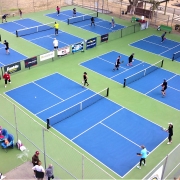Court Chaos!!
/in 2021-2, announcement, community, news /by HansPlayer Profile: Mae & Dylan Woon
/in 2021-2, community, member profile, news, newsletter /by Judy GoddessIndoor Pickleball – Opening Announcement & Schedule
/in announcement, community, news /by pickle29_wpSF Venue News
/in 2021-1, announcement, community, news, newsletter /by HansABOUT
San Francisco Pickleball Community is a friendly and diverse community for pickleball players at any level who play in the parks and recreation centers of San Francisco.





